September is a fantastic time for Michigan gardeners. As the scorching summer heat subsides, the cooler temperatures and still-warm soil create an ideal environment for plants to establish strong root systems before winter.
Fall is often the best time to plant many varieties, giving them a head start for a robust spring. Planting in this period benefits from mild temperatures and consistent rainfall, allowing new plants to focus energy on root development. This establishment before winter ensures stronger growth and earlier, more bountiful blooms in the season ahead.
Here’s a guide to what you can plant in your Michigan garden in September:
Spring-Blooming Bulbs
September is the perfect time to plant bulbs that will provide a spectacular display of color next spring. These plants require a period of cold dormancy to bloom, making fall planting essential.
- Tulips: A classic spring flower available in a vast array of colors and forms.
- Crocuses: Among the earliest flowers to emerge, offering a welcome sight after winter.
- Other Bulbs: Consider adding hyacinths, snowdrops, and various Alliums for more variety and fragrance. Ornamental Onions like ‘Millenium,’ ‘Lavender Bubbles,’ and ‘Globemaster’ are also noted as deer-resistant and excellent for mass plantings or containers.
Perennials (Optimal from Late August to Mid-October)
September is a great time to plant and even divide existing perennials.
- Daylilies (Hemerocallis)
- Hostas: Ideal for shady areas, offering beautiful foliage texture. Consider Shadowland® ‘Diamond Lake’ for its durability and deer resistance or the massive Shadowland® ‘Empress Wu’ for a statement in your shade garden.
- Coneflowers (Echinacea): These tough, drought-tolerant beauties feature vibrant, daisy-like flowers that attract bees and butterflies. Look for varieties like ‘Sombrero® Adobe Orange’ and Double Scoop™ Raspberry.
- Asters: ‘October Skies Aster’ is perfect for adding color to fall gardens with its sky blue, daisy-like flowers and yellow centers. It’s easy to grow and drought-tolerant once established. They also serve as companion plants for viburnums, extending late-season interest.
- Sedum (Stonecrop): Ideal for sunny, drier locations, providing texture and late-season blooms.
- Catmint (Nepeta): A long-blooming, deer-resistant perennial.
- Heartleaf Brunnera (Brunnera macrophylla): Features huge, silver-overlaid leaves and baby blue, forget-me-not blossoms.
- Butterfly Weed (Asclepias tuberosa): A wonderful native choice for attracting butterflies with its bright golden orange flowers.
- Kobold Blazing Star (Liatris spicata ‘Kobold’): Features beautiful spikes of violet flowers.
- Blue Wild Indigo (Baptisia australis): Produces extraordinary indigo blue flower spikes.
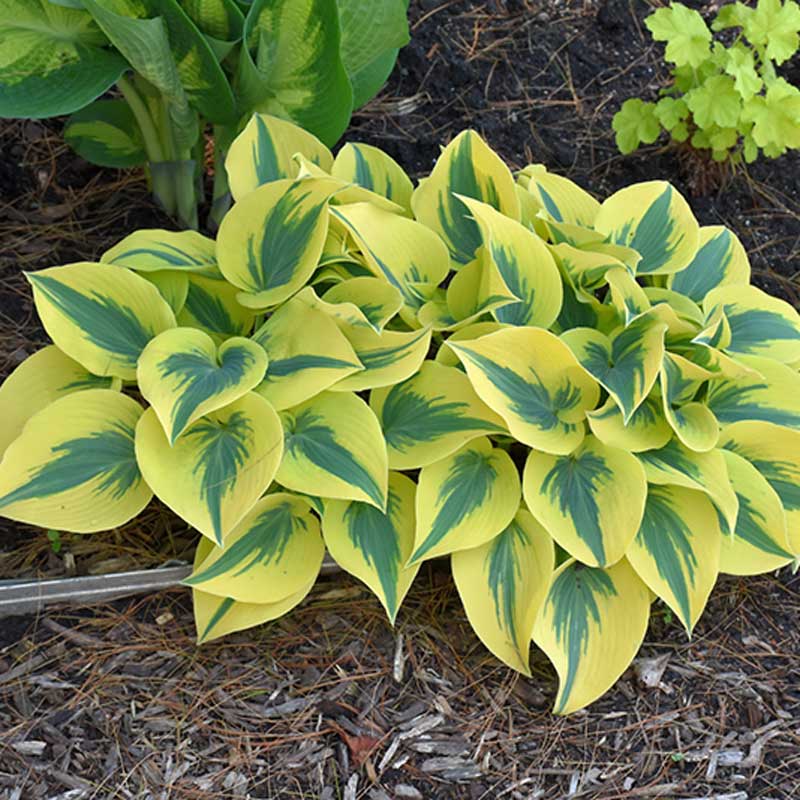
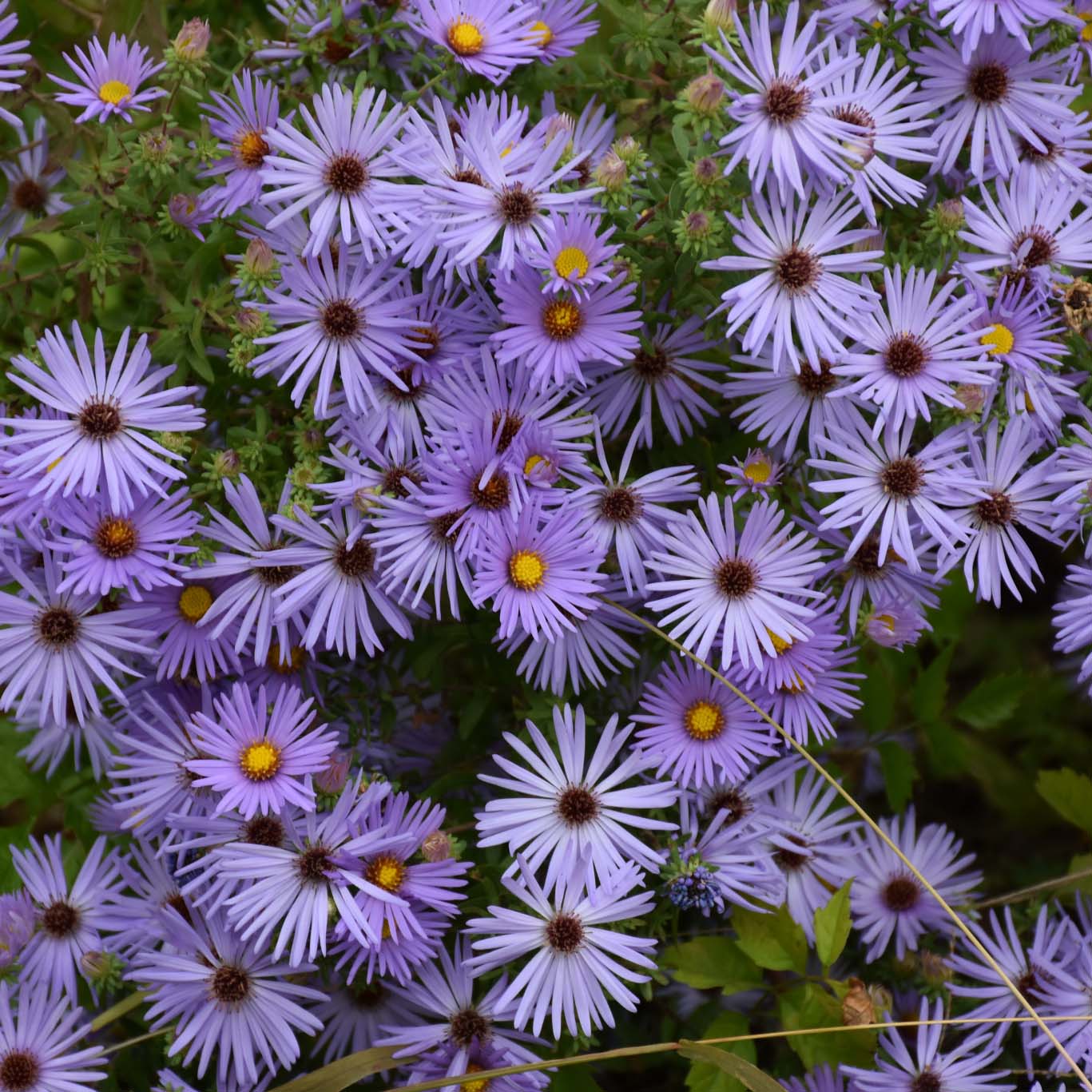
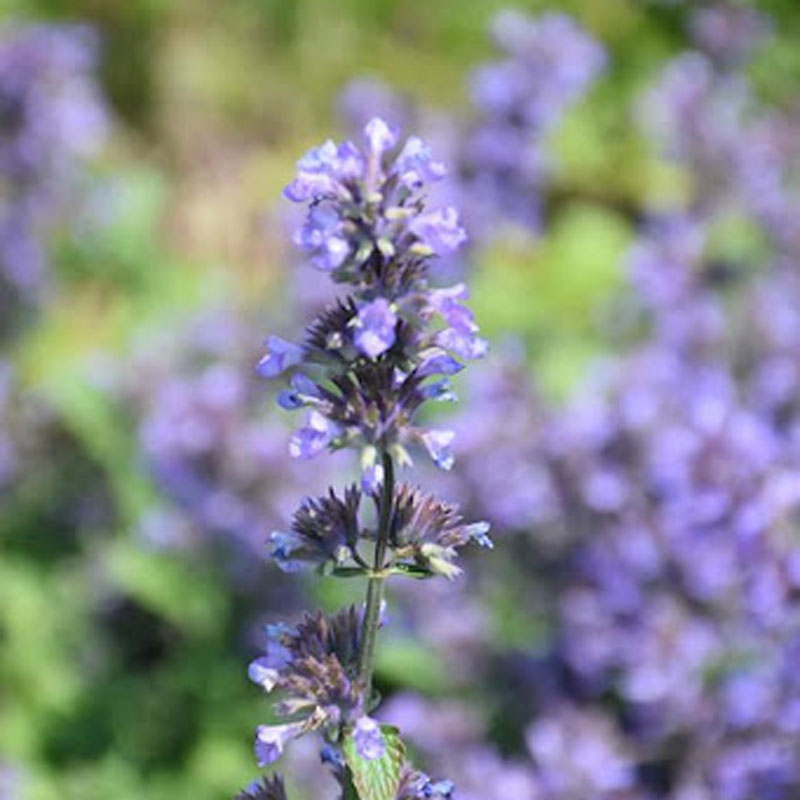
Evergreens (Late September to Mid-October)
Evergreens offer year-round structure, color, and privacy.
- Pines: Including White Pine (Michigan’s state tree) and weeping varieties.
- Spruces: Such as ‘Fat Albert Blue Spruce’ and ‘Columnar Norway Spruce.’
- Arborvitae: Ideal for hedging or privacy screens.
- Junipers, Falsecypress, and Hemlocks: All excellent choices for adding diverse texture and color.
- Capitata Yews: These are a great choice for a shadier location but can also thrive in full sun. They are excellent for creating a dense, evergreen screen or hedge.
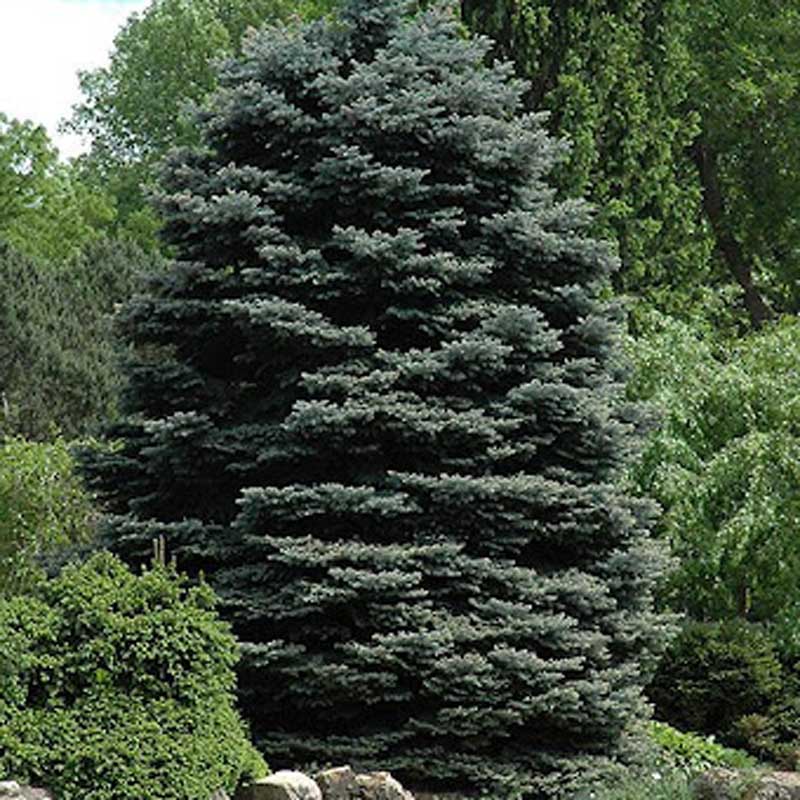
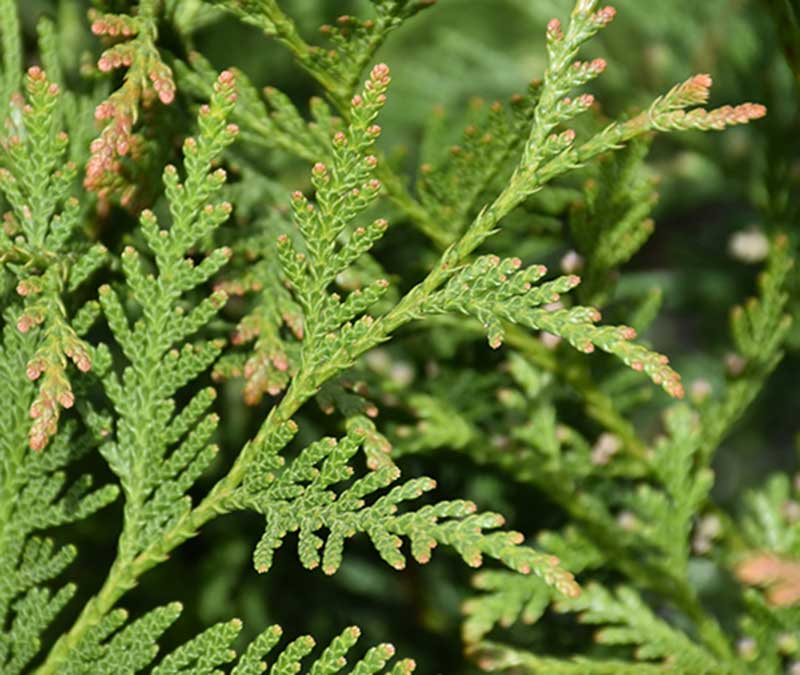
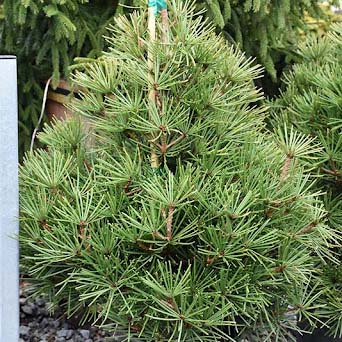
Shade Trees (September until the Ground is Frozen)
Planting shade trees in the fall allows them to establish roots without the stress of leaf production.
- Maples: Red Maple and Sugar Maple are popular native choices known for their vibrant fall colors.
- Oaks: Strong, adaptable, and provide important food sources for pollinators.
- River Birch: This is a fantastic deciduous tree to plant in the fall because it allows the roots to get well-established. It also has unique peeling bark that becomes more pronounced as it matures.
- Other Trees: Consider the American Hornbeam, London Planetree, Wireless® Zelkova, and Baldcypress.
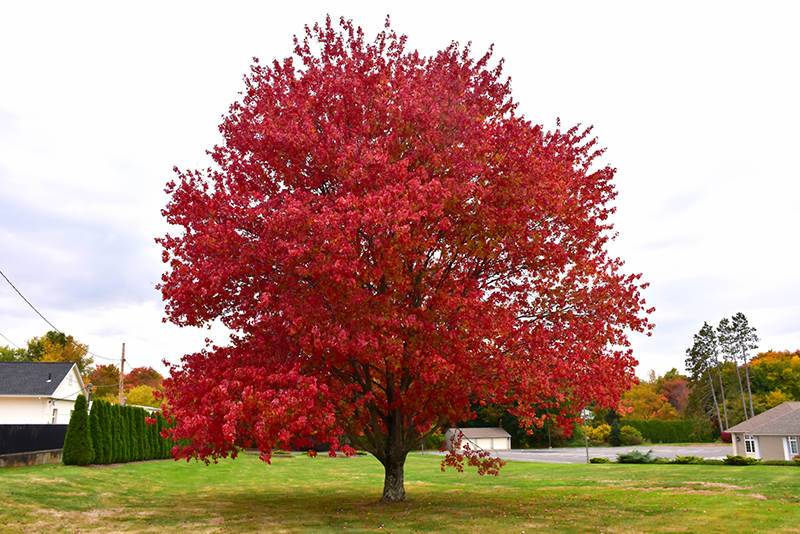
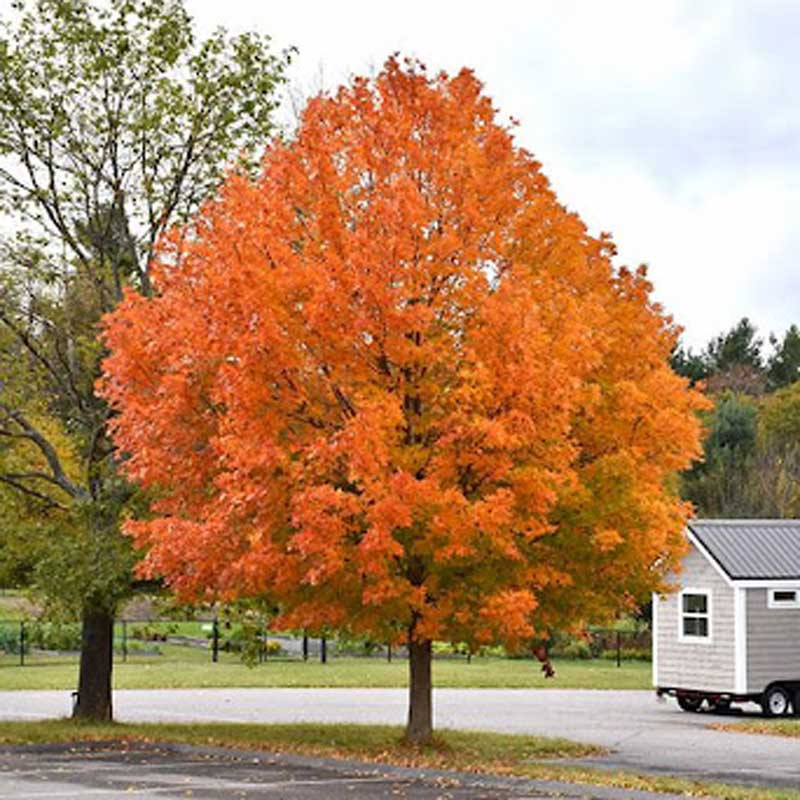
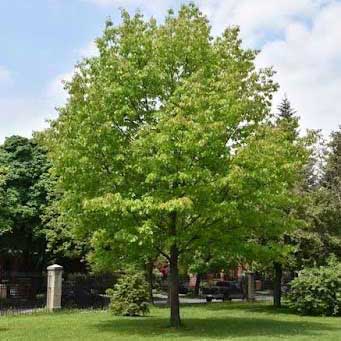
Ornamental Trees (September until the Ground is Frozen)
These trees add beauty and character with seasonal interest.
- Japanese Maples: Many varieties can be planted from containers in September, but require consistent watering. The Yamagaki Japanese Maple is particularly worth mentioning for its spectacular fall colors, which can include a mix of reds, oranges, yellows, and purples all on the same leaf.
- Redbuds: A native Michigan tree known for its showy spring flowers and bright yellow fall foliage.
- Flowering Crab: Varieties like ‘Coralburst’ and ‘Prairifire’ offer beautiful spring flowers and fall fruit.
- Ginkgo and Paperbark Maple: Both renowned for their stunning fall color and unique features.
- Shadblow Serviceberry: A naturally beautiful small tree with white spring flowers, edible berries, and amazing fall color.
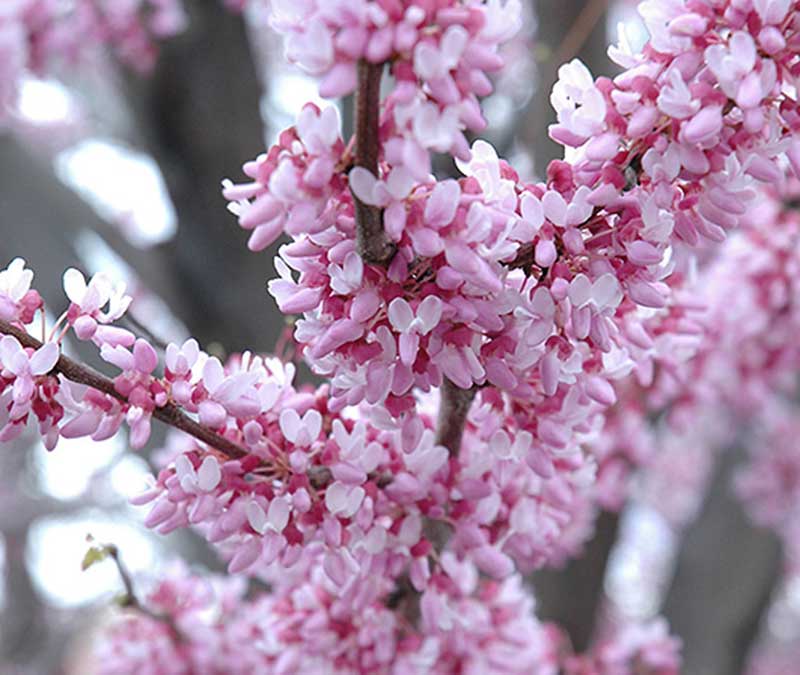
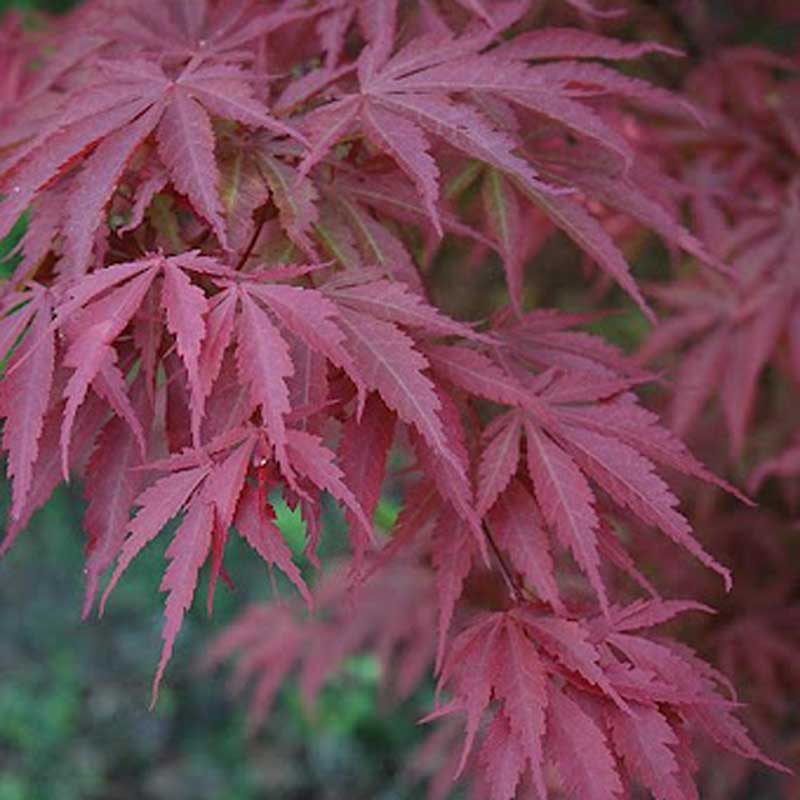
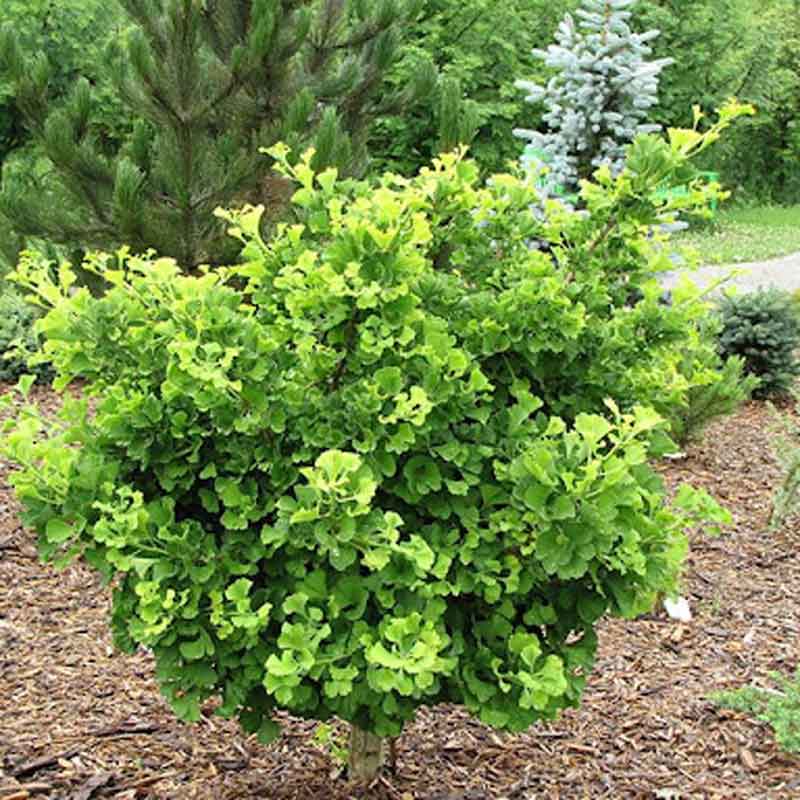
Flowering Shrubs (September to Early November)
- Hydrangeas: Many varieties thrive when planted in the fall.
- Lilacs: The Boomerang® Lilac is a great choice as it constantly reblooms, with the “boomerang” name coming from its habit of blooming once and then again later in the summer.
- Weigela: Wine and Roses® Weigela features rosy-pink flowers and deep wine-colored foliage.
- Ninebark: These native shrubs offer colorful foliage and interesting peeling bark.
- Rose of Sharon and Butterfly Bush: Both provide late-season color and attract pollinators.
- Common Witchhazel: A large native shrub known for its fragrant, yellow flowers and golden fall foliage.
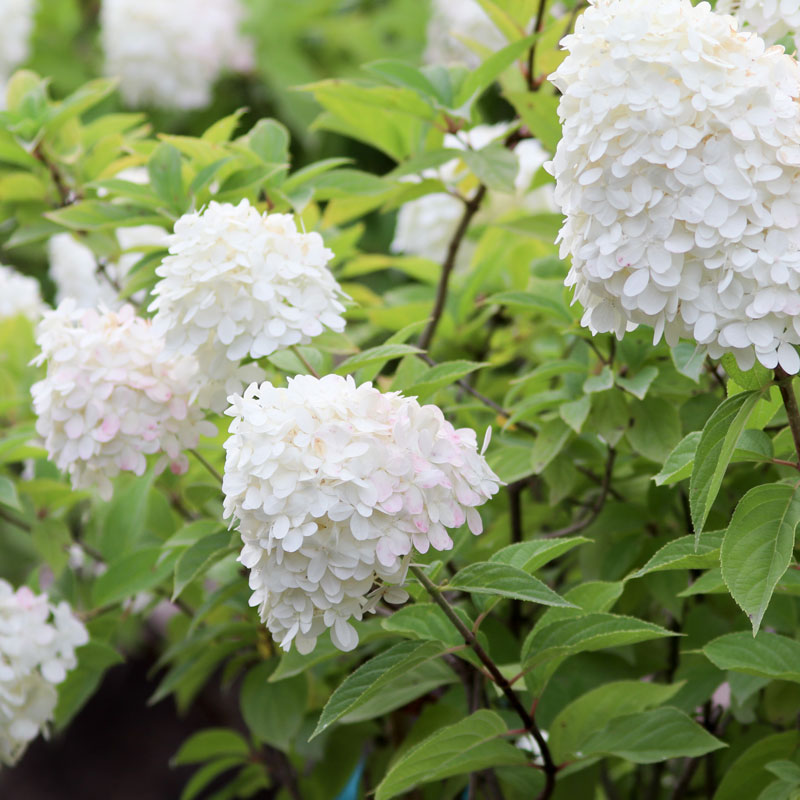
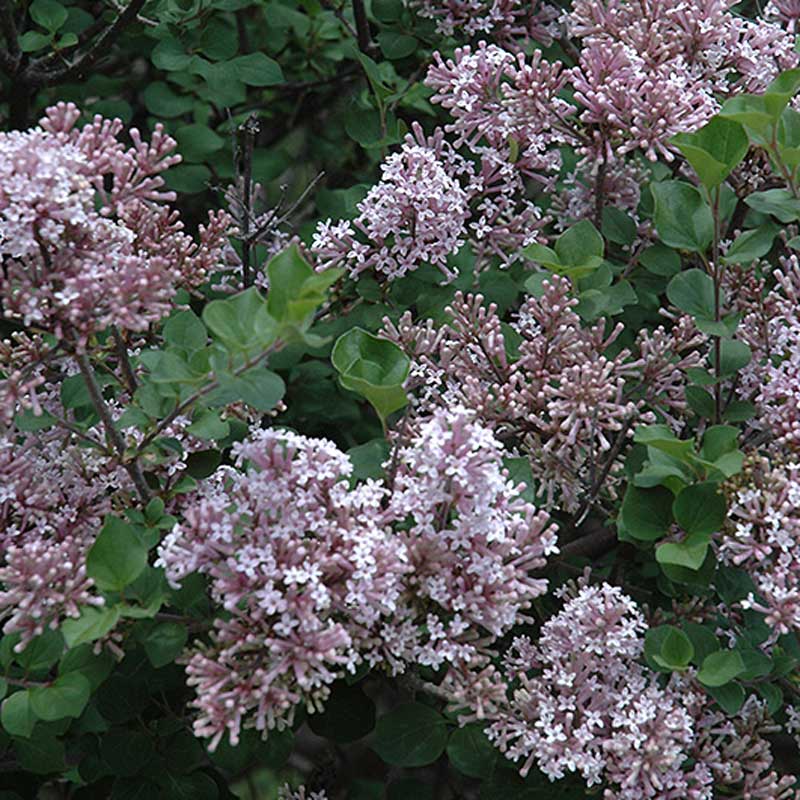
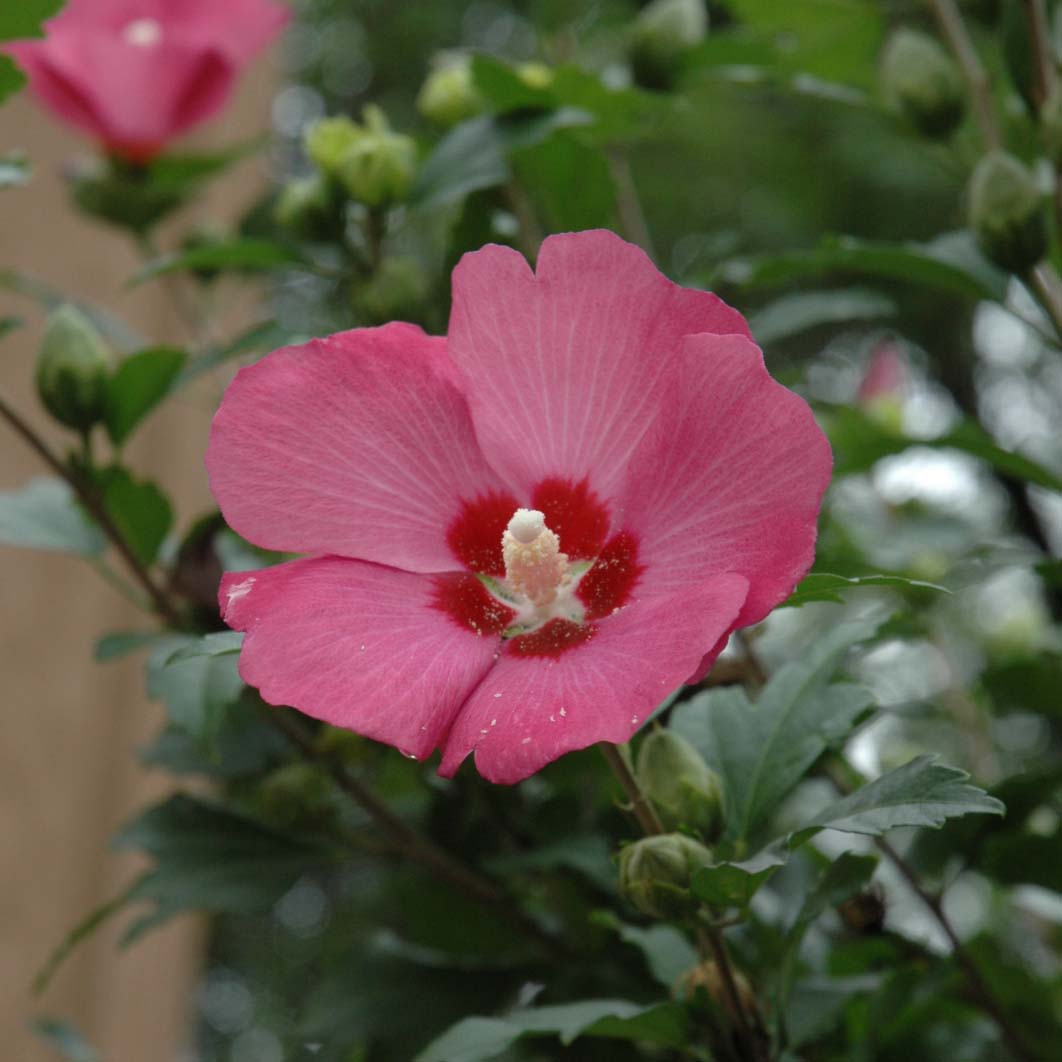
Crucial Tips for Successful Fall Planting in Michigan
- Hydration is Key: While fall brings more rain, newly planted trees, shrubs, and perennials still need consistent and deep watering. Continue to check soil moisture, as a dry spell can be just as damaging in fall as it is in summer.
- Insulate with Mulch: A 2-4 inch layer of organic mulch helps retain moisture and protect roots from early temperature swings. Be sure to keep the mulch a few inches away from the plant’s stem or trunk to prevent rot.
- Plant for Roots, Not Leaves: Avoid heavy fertilization this time of year. The goal is to encourage strong root development, not new top growth that could be vulnerable to early frost.
- Beware of Early Frost: Cover young or delicate plants with a sheet or blanket if an early frost is forecasted.
- Consider Deer Resistance: If deer are a problem in your area, choosing fragrant plants like lavender, catmint, and alliums can act as a natural deterrent.
- Embrace Diversity: Adhere to the “10% rule” by planting no more than 10% of any one kind of tree or shrub to create a diverse and resilient landscape less vulnerable to widespread issues like Dutch Elm Disease or Emerald Ash Borer. Native plants boost diversity and resilience.
Visit Everett’s Gardens Today!
September in Michigan is an excellent opportunity to enhance your garden, allowing new plants to settle in beautifully for the seasons ahead. The friendly and knowledgeable staff at Everett’s Gardens are always ready to assist you and answer any questions you may have. Stop in to see their incredible selection and get your landscape ready for a bountiful spring!
